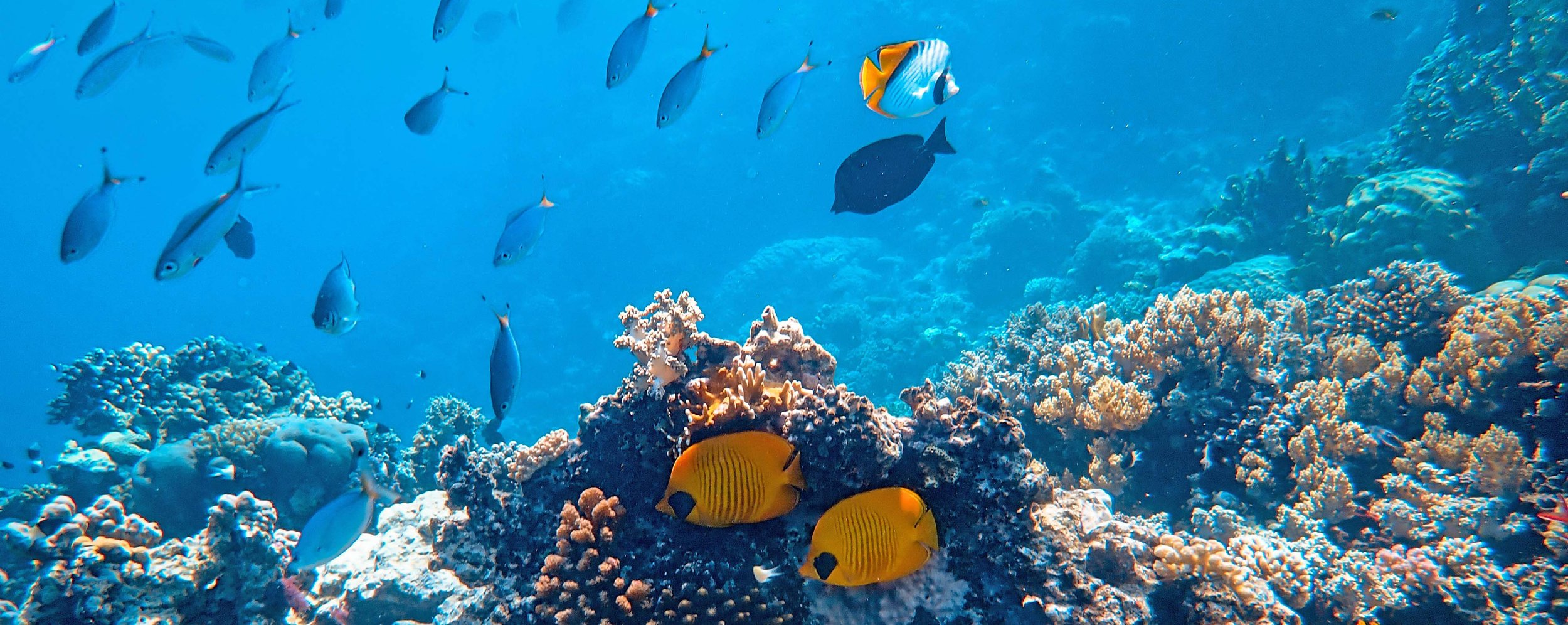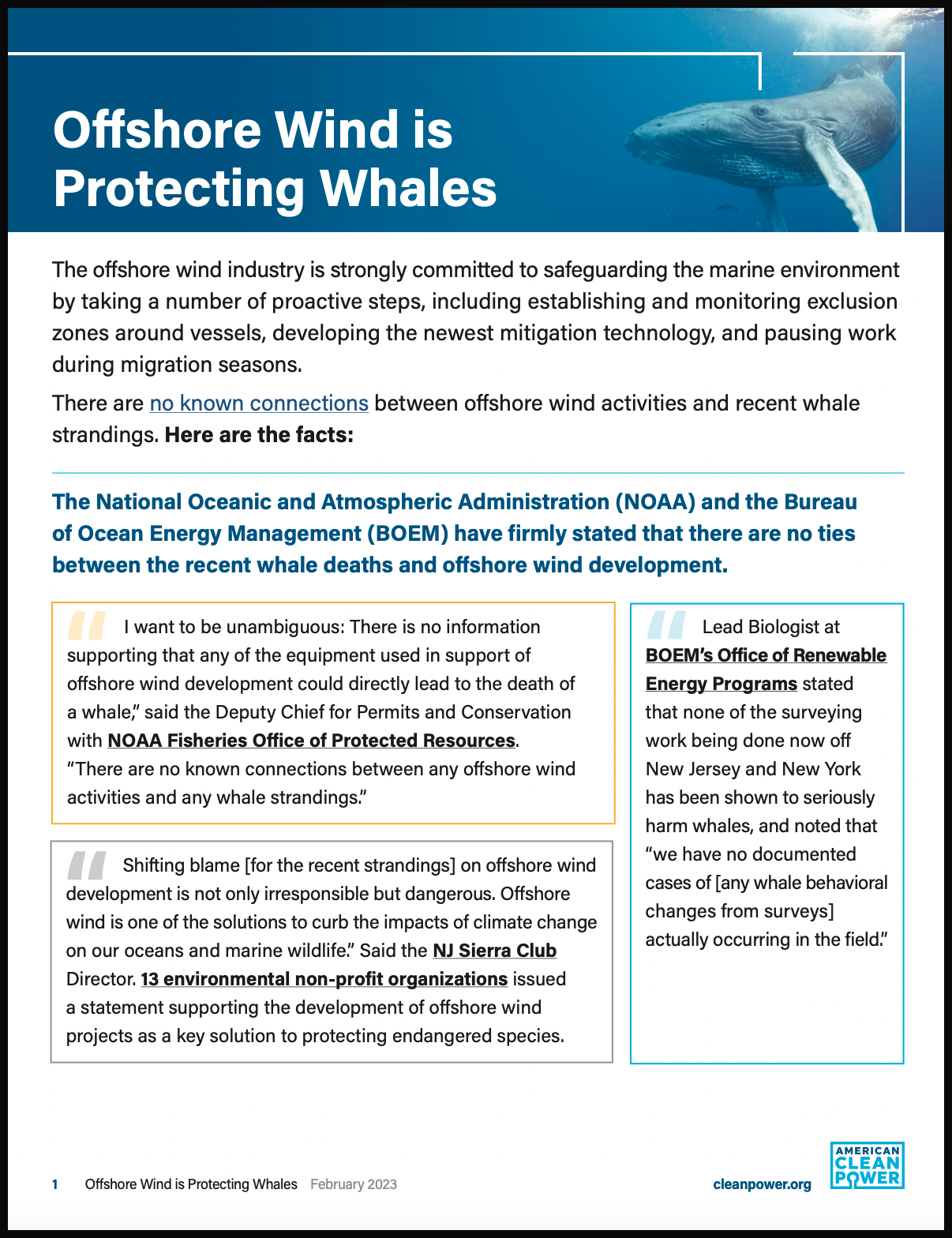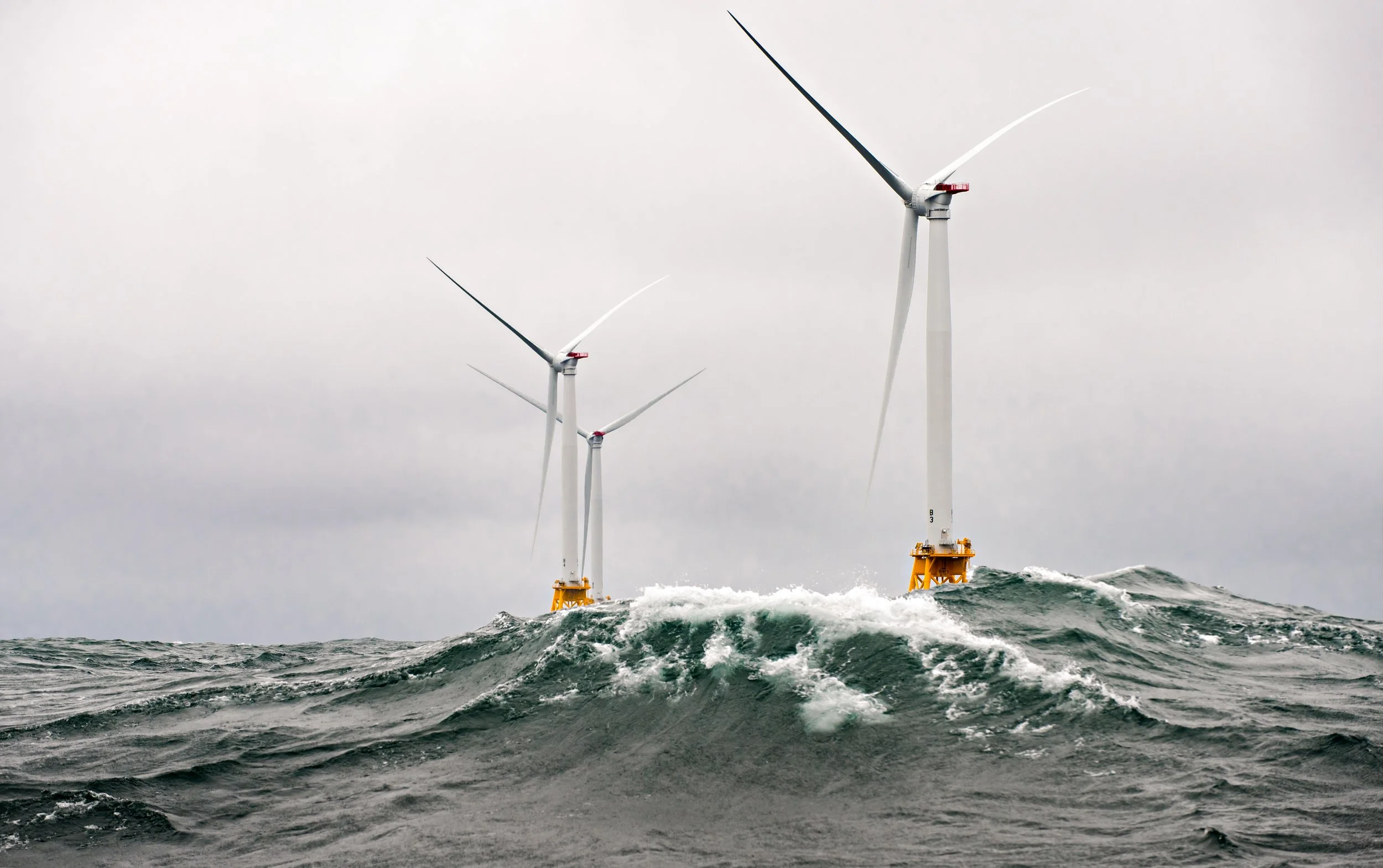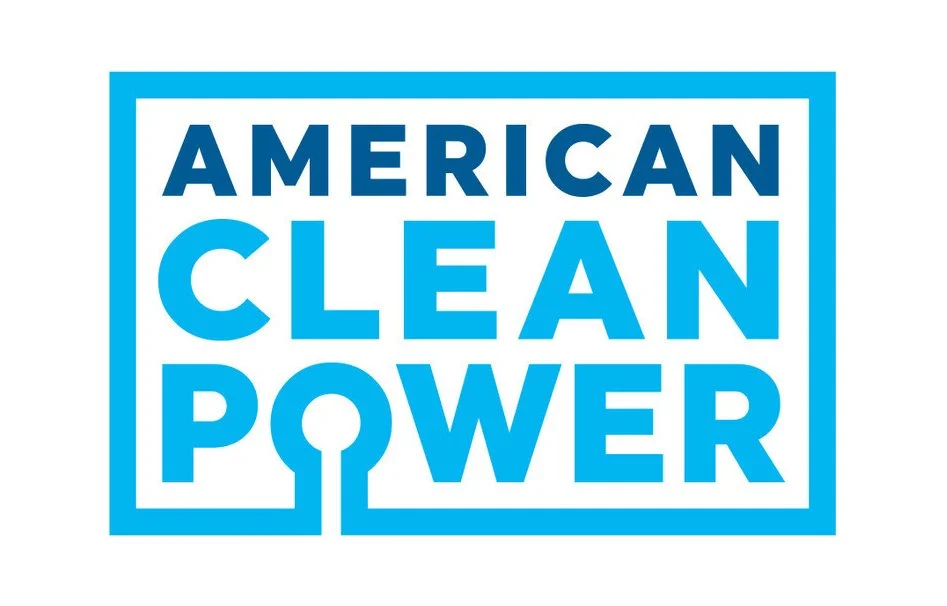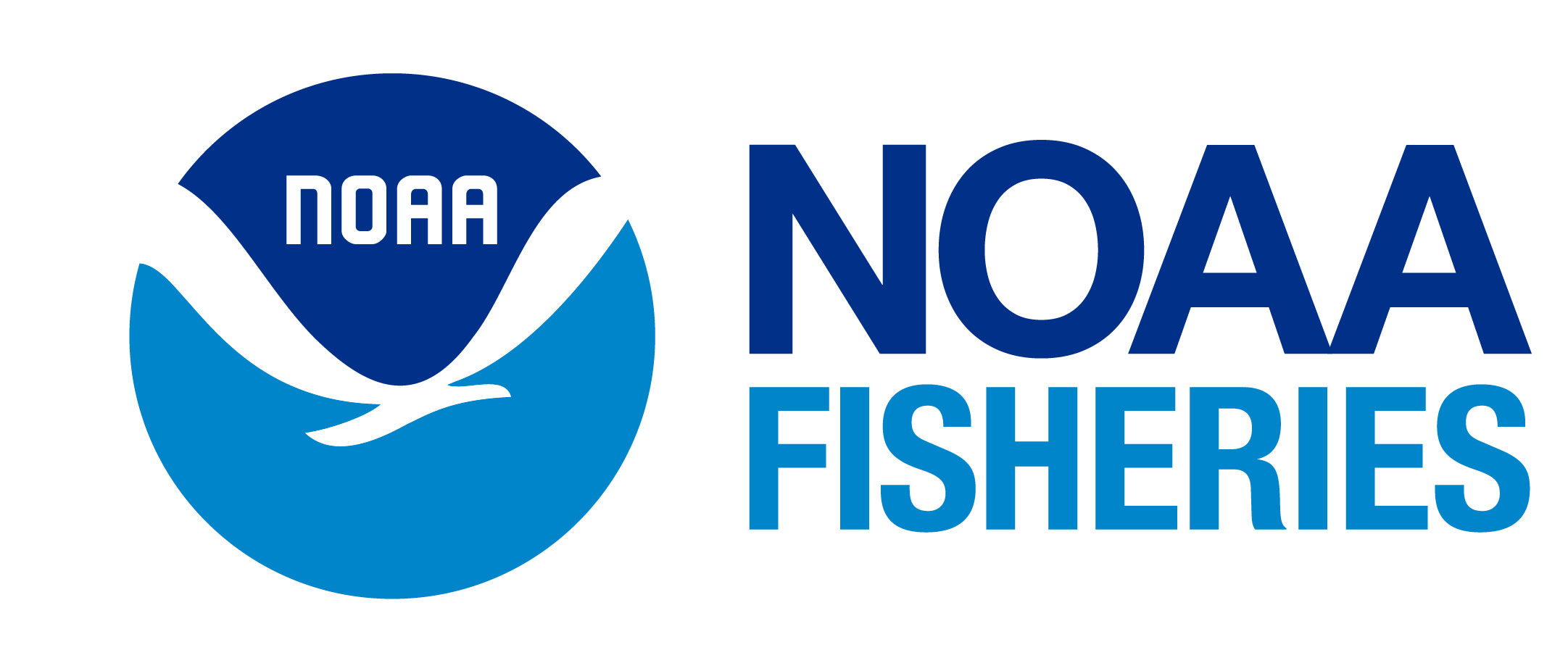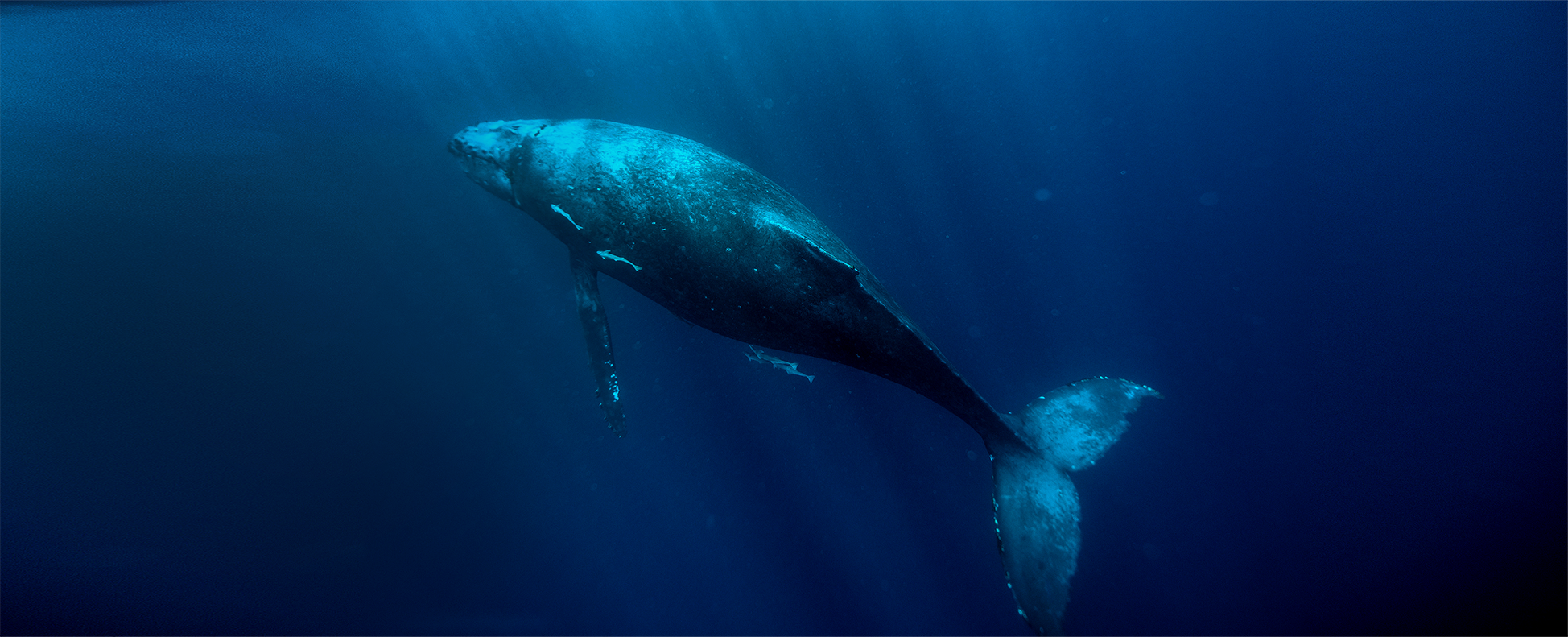
Whale Strandings Resources
Offshore wind developers are actively working to ensure our coasts and marine ecosystems are protected. In partnership with the federal Bureau of Ocean Management (BOEM), New York governmental agencies, and national environmental organizations, extensive surveys and research have been conducted and will continue throughout project development to avoid and mitigate impacts to ocean life and critical marine habitat.
Learn about the offshore wind industry’s commitment to safeguarding the marine environment. There are a number of proactive steps being taken, including establishing and monitoring exclusion zones around vessels, developing the newest mitigation technology, and pausing work during migration seasons.
About 40% of all shipping cargo contain fossil fuels. Shifting to clean energy like offshore wind will drastically reduce the number of ships off our coasts, reducing chances of whale collisions with ships.
Whale Tales and Whale Facts
In Whale Tales and Whale Facts, experts from the federal Bureau of Ocean Energy Management (BOEM), the Atlantic Marine Conservation Society, and New York State Department of Environmental Conservation (NYS DEC) explain threats to whales off the New York and New Jersey coastlines and explore what the offshore wind industry is doing to protect these marine mammals.
“There is no evidence that HRG (high-resolution geophysical) sources used by offshore wind companies could cause mortality of whales, nor any evidence that they are responsible for the recent whale strandings.”
Update on Strandings of Large Whales along the East Coast
Several whales have stranded along the Atlantic coast this winter. These strandings are part of the Humpback Whale Unusual Mortality Event (UME) declared by the National Marine Fisheries Service (NMFS) that began in 2016.
Despite unsupported claims reported in the media, there is no evidence to connect these incidents to offshore wind energy development. All federal agencies with responsibility for protecting marine mammals have found no linkage between offshore wind activities and recent whale strandings.
Offshore wind is one of – if not the most – highly regulated activities on the ocean in the Northeast region. All activities must be approved and mitigation measures met to ensure that the wind farms are being constructed and operated in a safe, efficient way.
Official Statements on Whale Strandings
Valuable Resources
Offshore wind is a domestic clean energy source that helps combat a massive threat to marine life – the warming of our oceans due to climate change. Fill out this form and a letter will be sent to your elected officials urging them to support offshore wind.
Notable Articles
Endangered 44-foot whale likely killed by massive cruise ship, dragged into NYC port: experts
May 8, 2024 | New York Post
Boat strikes killing more whales as more come to Long Island and region for food, experts say
Aug. 19, 2023 | Newsday
Q&A on Recent Whale Strandings and Offshore Wind Energy Development
Apr. 5, 2023 | Rutgers
Speeding boats, not offshore wind, likely culprit in recent whale deaths
Mar. 23, 2023 | Canary Media
Why 23 Dead Whales Have Washed Up on the East Coast Since December
Feb. 28, 2023 | The New York Times
Marine commission: Whale deaths not linked to wind prep work
Feb. 22, 2023 | AP News
Dead whales on the east coast fuel misinformation about offshore wind dev.
Feb. 25, 2023 | AP News
Rare North Atlantic Right Whale Calf Is Expected to Die From Injuries
Jan. 11, 2024 | The New York Times
